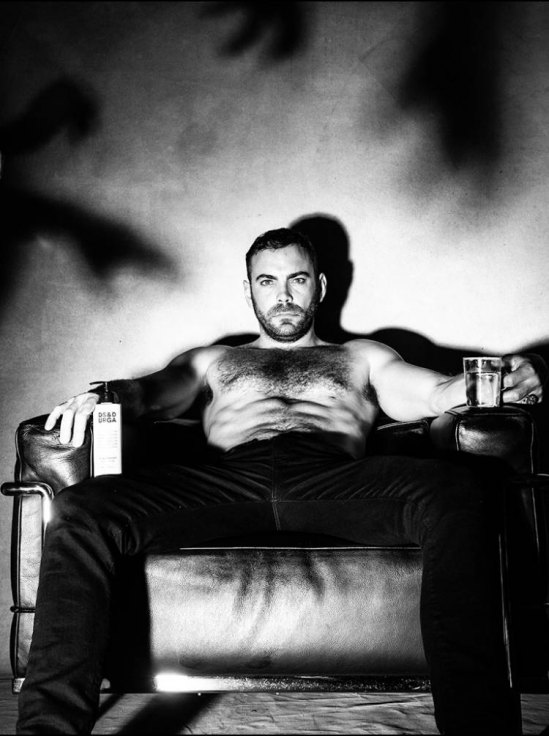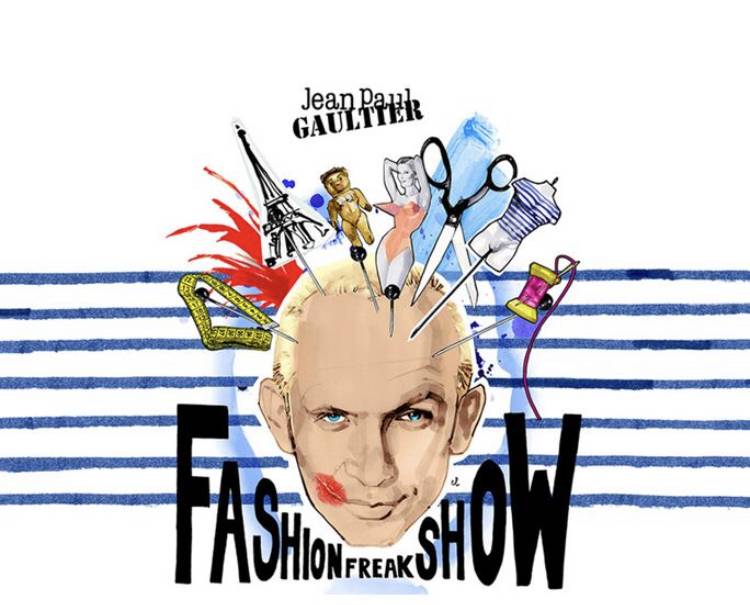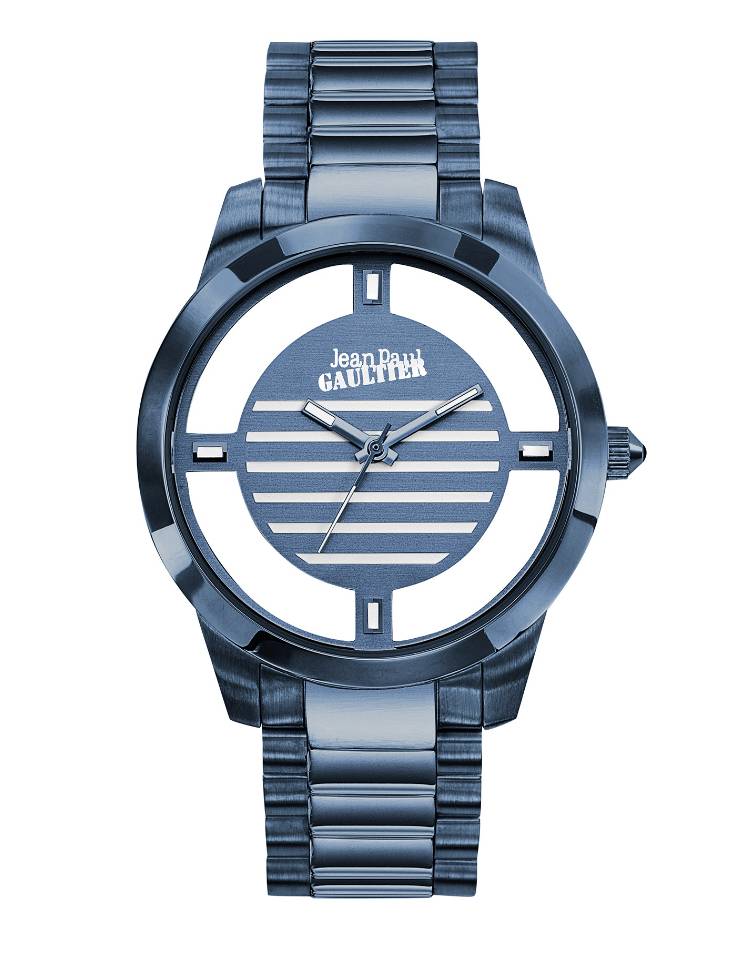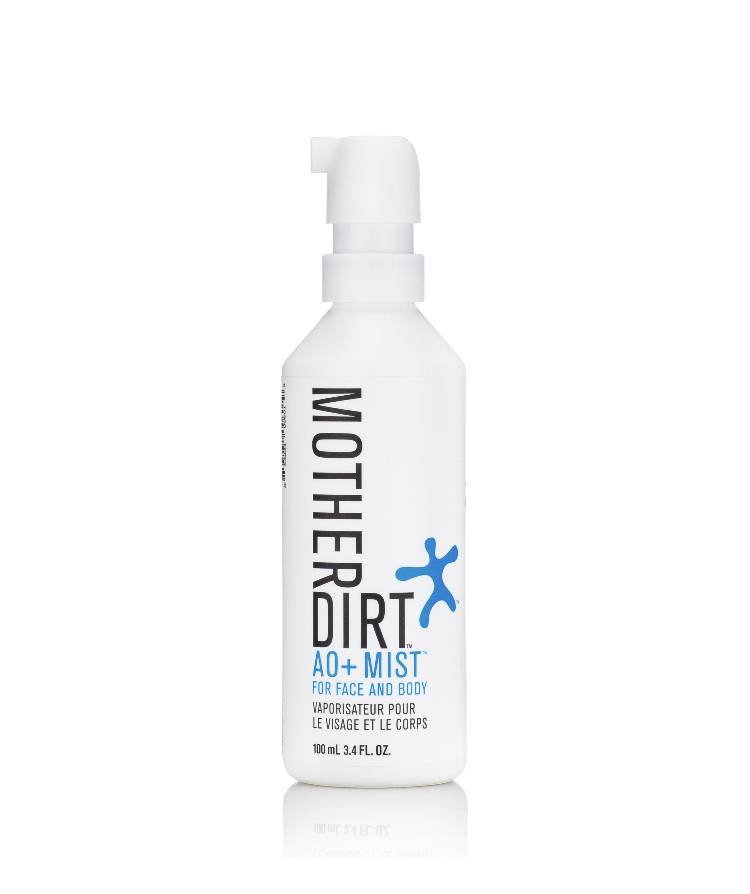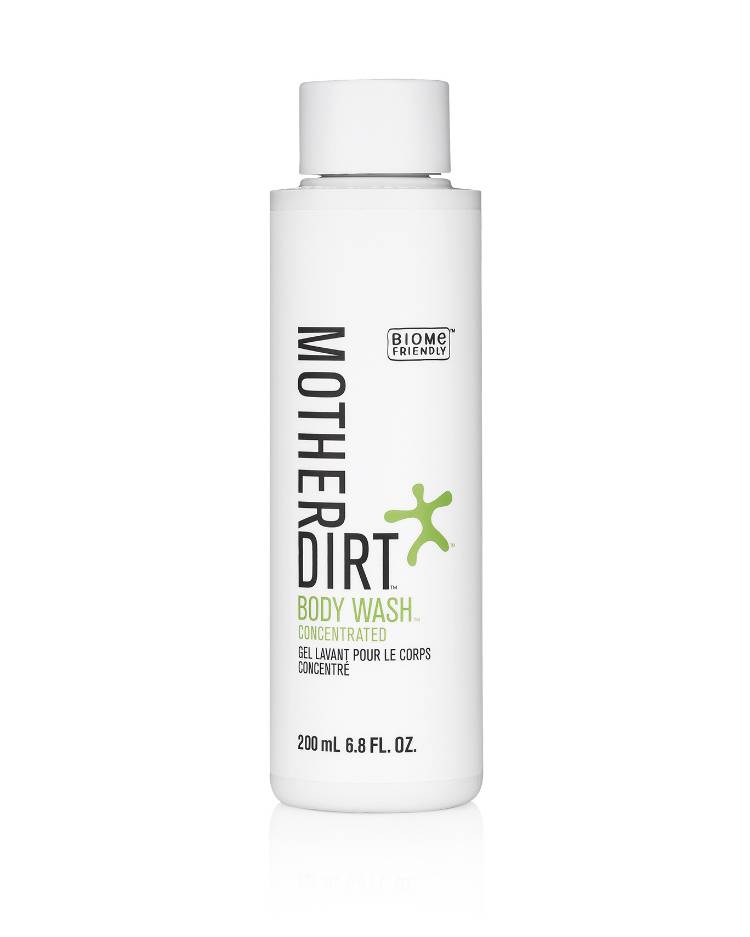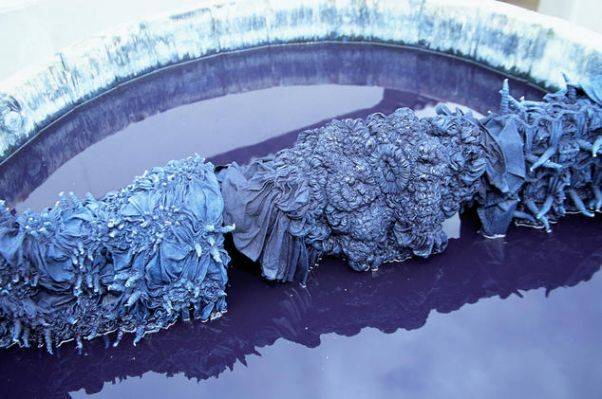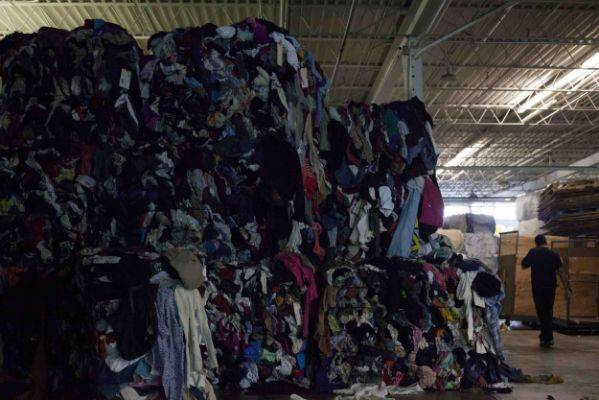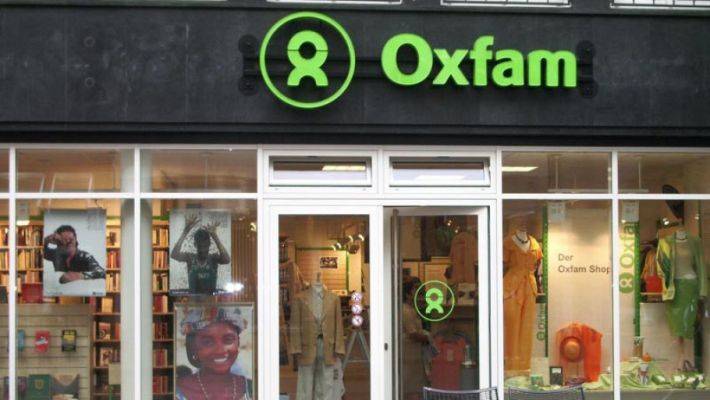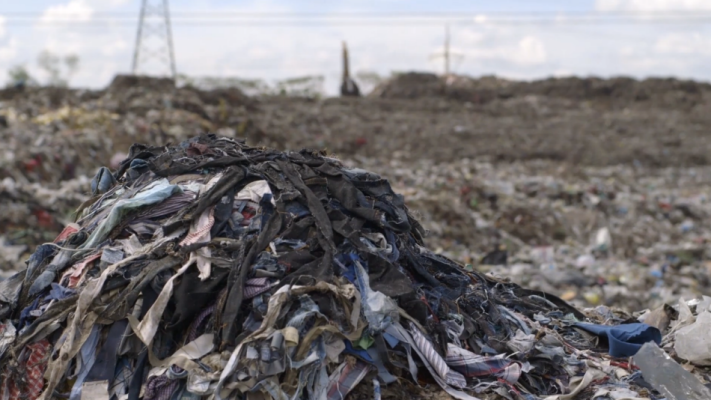Words by Cameron McLauchlan
Welcome to something for the weekend! In this week’s iteration we’ll be matching a duo of pieces from a couple of our favourite British designers. And a pair of subtle Soulland shorts. Lets get into it.
1. JW Anderson patch logo knit – £389.00 reduced to £195.00
 This beautifully knitted crewneck is perfect for this time of year, bridging the gap from warm to cool. Irish designer Jonathan Anderson founded his signature brand in 2008. Quickly establishing his identity in the realm of both womenswear, menswear and accessories. The earliest memory for me being the iconic JW anchor handbag. JW still runs successful
This beautifully knitted crewneck is perfect for this time of year, bridging the gap from warm to cool. Irish designer Jonathan Anderson founded his signature brand in 2008. Quickly establishing his identity in the realm of both womenswear, menswear and accessories. The earliest memory for me being the iconic JW anchor handbag. JW still runs successful
ready-to-wear lines for both men and women. As well as his popular bi-annual link-up with UNIQLO. And more recently & frequently — Converse.
JW is easily one of the most decorated British designers of recent years. Since graduating from The London College of Fashion in 2005 he was received several British Fashion Awards simultaneously from 2012 to 2015. Including both Emerging Talent Award Menswearin 2012 and a double award in 2015 for menswear and womenswear. 5 awards in 4 years! Oh, and also womenswear designer of the year in 2017. More Silverware than Man U, well a couple of years ago.
To shop the knit at a steal! Hit the image —

2. Soulland mini-logo swim short – £69.00
 Danish brand Soulland was birthed in 2002. Its parents are CEO Jacob Berliner and Creative director Silas Adler. The brand principles are inspired by “scandinavian artisanship” as quoted from their website. The spirit of Soullands artisanship is based upon the Adler Fedora — A distinctive baseball style cap made by hand. In Denmark.
Danish brand Soulland was birthed in 2002. Its parents are CEO Jacob Berliner and Creative director Silas Adler. The brand principles are inspired by “scandinavian artisanship” as quoted from their website. The spirit of Soullands artisanship is based upon the Adler Fedora — A distinctive baseball style cap made by hand. In Denmark.
The brand operates through its various stockists around the world including — Colette (Paris), Harvey Nichols (London) and Bloomingdales (New-York). In addition the flagship store in Copenhagen opened its doors in 2013. The brand prices are relatively cheap compared to some of streetwears bigger names and offers quality clobber with some contemporary design above your average hoodie, sweats and t-shirts set-up.
The link to the shorts are below :

To browse their latest collection including a collaboration with Playboy:
https://soulland.com/collections/soulland-meets-playboy
3. Vivienne Westwood x Asics GEL LYTE – £180.00

The second item of our British designer duo in this post comes from fashion/punk icon Vivienne Westwood. These particular Asics are part of a duo piece collab and my personal favourite out of the two. The other pair features a full all-around painted print on the upper. Both inlays and overlays are printed with an angelic painting. A tad too loud for me. This isn’t the first time VW has teamed up with Asics this year. May 19′ — saw a very red couple of pairs released but equally as striking.
Vivienne Westwood originally Vivienne Isabel Swire was born in Glossop, Derbyshire on the 8th of April 1941. Skipping on a few years from this date, Westwood met art student Malcom Mclaren in London and began creating many forms of clothing. All anchoring heavily to reference points of past youth cultures. In the 60’s the pair sold mainly rock & roll fashion at their store on kings road. Later on in the early 70’s VW & Mclarens work evolved into pieces which catered to those with a very particular desire for fetishism such as bondage trousers, leather spiked heels, and removable straps or ‘bum flaps’ on the more sensitive areas of ones self.
Serving as a fourth course to the fetishwear, the store also sold many pieces with equally eye attracting graphics ranging form naked body part prints to hand printed Swasticka sweaters.
“I’ve constantly tried to provoke people into thinking afresh and for themselves, to escape their inhibitions and programming.” Vivienne Westwood
As of today, whilst the brand of Vivienne Westwood has somewhat calmed down on the shock and awe front it has replicated such desires commercially for both men and women — selling vast quantities of read to wear, jewellery and fragrances.
To shop the trainers above hit the link in the image:

Thankyou for reading another week of something for the weekend!
Hit us up @clothesmaketheman to let us know which brand we should cover next!
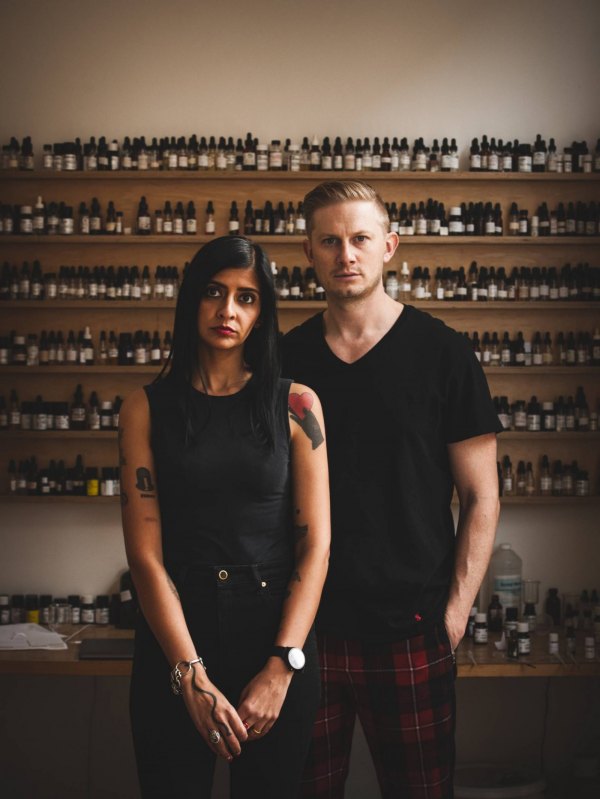 D.S & Durga believe in perfume’s ability to conjure unseen worlds. The power of scent is equal to that of sight and sound. Artistry is their first priority.
D.S & Durga believe in perfume’s ability to conjure unseen worlds. The power of scent is equal to that of sight and sound. Artistry is their first priority.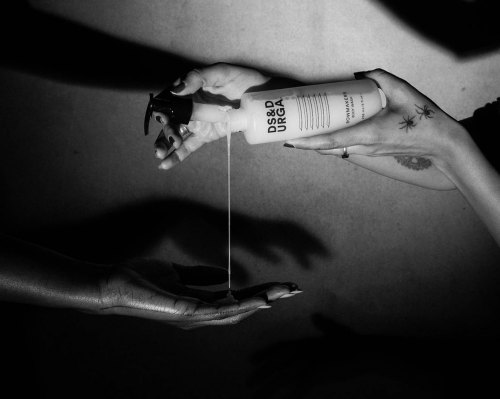
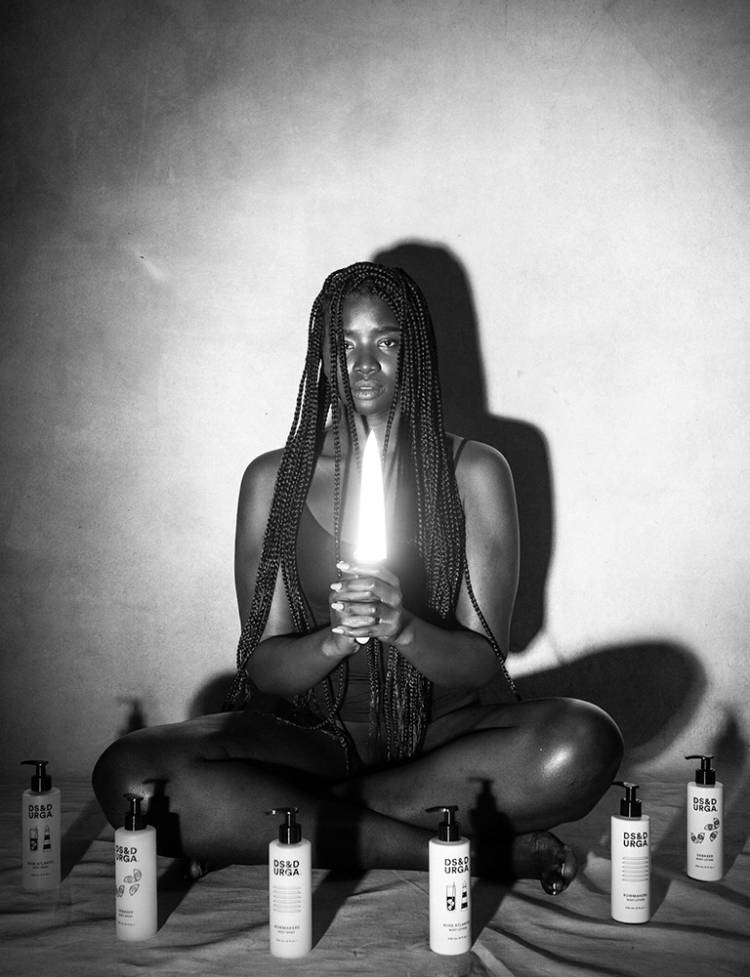 All of their boxes contain descriptions, notes, stories, and anecdotes about the perfume inside. Though a perfume can be enjoyed without knowing its name, they believe it enriches the experience to talk about and understand what they are trying to say, why they made something, and what is in it.
All of their boxes contain descriptions, notes, stories, and anecdotes about the perfume inside. Though a perfume can be enjoyed without knowing its name, they believe it enriches the experience to talk about and understand what they are trying to say, why they made something, and what is in it. 